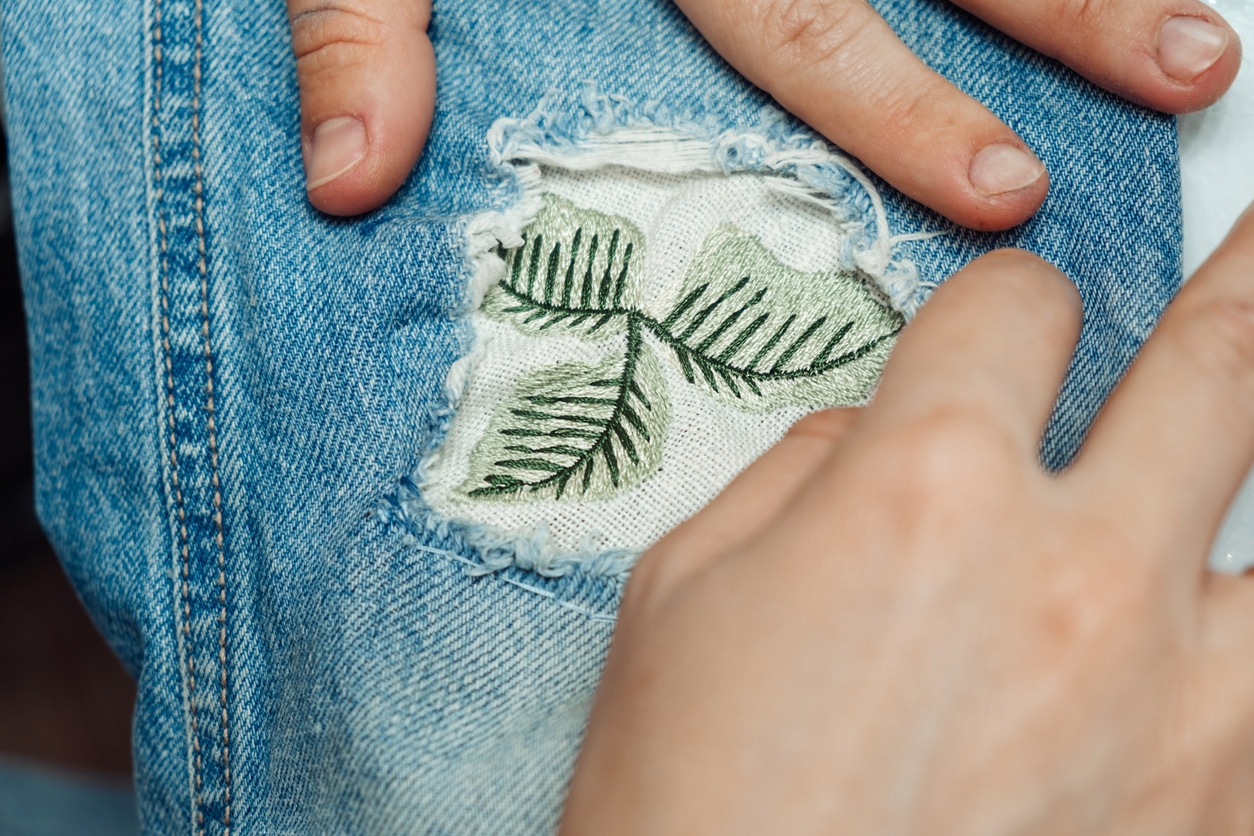
Why It’s Fashionable To Support Long-Lasting Clothes
Low-cost, lightning-quick and mass produced…it’s well known fast fashion negatively impacts and damages our planet. As well as casting shame on the fashion industry, fast fashion has left a trail of waste and plastic pollution in its wake.
With closer attention paid to the ecological damage, sustainable fashion and why it matters is gaining pace with today’s consumers choosing to reverse the trend by shopping for longer-lasting clothing. Meanwhile, retailers and brands are choosing to act sustainably, avoiding the reputational damage that large corporations have profited from on a massive scale.
This article explores the reasons why shopping for longer-lasting clothes, going for vintage or mending and repairing existing clothes is the truly fashionable route to follow for consumers and retailers alike.
What is Fast Fashion?
The damaging impact of fast fashion does remain, despite an eco-conscious drive for change. The term ‘fast fashion’ refers to the consumerist phenomenon characterized by an insatiable desire for new clothes which retailers happily responded to by getting the newest trends into shops as quickly and as cheaply as possible.
Fast fashion refers to inexpensive, trendy clothing that samples fashionable ideas from the catwalk or celebrity culture and turns them into garments in high street stores at breakneck speeds. The rise of fast fashion over the last couple of decades has allowed consumers to purchase new outfits at bargain prices, but at a sky-high cost to the planet.
Fashion Favorites To Cherish
There is good news however, a growing consensus to combat fast fashion and a shift to people recognizing the value to the environment (and their wallets) means many are now looking after their much-loved items of clothing for longer. Holding onto well-made favorites prevents waste and lessens carbon emissions produced by manufacturing new garments.
There are also personal reasons for holding onto clothes for longer and making them last. You might have a real connection to some of your clothes and preserving emotional ties to clothes is important.
Cost to the Environment
The Environmental Protection Agency (EPA) estimates 17 million tons of textile waste is generated per year in the US, and an astonishing 85% of all our clothes end up in landfills. Meanwhile, the fashion industry is responsible for 10% of global carbon emissions – more than international flights and maritime shipping combined. If this rate continues, reports stated by the Ellen MacArthur Foundation estimate on its current trajectory, the textile’s share of the carbon budget could reach 26% by 2050.
With growing awareness of fashion’s environmental impact, pressure on brands to produce longer-lasting, higher-quality items has become more fashionable. Consumers increasingly want statement pieces that will endure in both quality and style – not disposable fast fashion that wears out after a few uses.
Shift in Consumer Behavior
There has been a shift in consumer behavior due to a combination of factors, including a greater awareness. Research shows 75% of millennials are willing to spend more on eco-friendly brands, and seek more accountability and transparency from the companies they purchase from. Today’s shoppers look for eco-conscious labels, and two-thirds of consumers are willing to pay more for sustainable products.
Increasingly, shoppers are checking clothing labels and websites for proof of sustainability claims. Terms like “eco-friendly,” “fair trade,” “organic” and “recycled” have become selling points. This means, if you’re currently looking to upgrade your winter wardrobe with cozy but conscious knitwear, luxury, sustainable, scarves or eco-elegant party dresses for the festive period, your shopping behavior is making a difference. By supporting companies that align with your eco-values, you are collectively driving change towards more ethical and environmentally-friendly fashion.
Fashion is putting sustainability firmly as a top priority to respond to the ongoing consumer pressure. This chain reaction and drive to be sustainable has become competitive too with a surge of eco-conscious campaigns launched by the largest high-street enterprises to the smallest high-end boutiques. H&M and Zara have rolled out clothing made from sustainable, recycled and organic materials. Levi’s leads the way with its impressive three pillars of focus: climate, consumption and community. Designers are responding by implementing eco-friendly practices, such as using more recycled and organic materials, as well as altering dyeing processes that use less water.
Rebirth of Vintage Fashion
Alongside the growth in ethical fashion, there has been a boom in vintage clothing and a greater demand for second-hand garments. This has played out in a rapid rise in popular online resale platforms. With eBay as the trailblazer, others are making their own niche in this sphere for convenience (ThredUp), the younger market (Depop) and high-end (Grailed).
By purchasing quality second-hand pieces, consumers can have sustainable wardrobes that are stylish and environmentally-friendly. Buying used clothing has several benefits for the environmentally-conscious shopper. Extending a garment’s lifecycle reduces the emissions, water and resources needed to produce new items.
Care and Repair for Extra Wear
From storing clothing properly to prevent deterioration, to washing with more care or repairing, there are multiple ways to make fashion last nearly forever. Known as ‘slow fashion’, you can be eco-friendly and have longer-lasting clothes by looking after your existing wardrobe. This means giving your much-loved items the proper care and attention they deserve to extend their lifespan. Repairing or repurposing maximizes durability and reduces the overall consumption of resources such as water, chemicals and fiber crops. Likewise, washing garments less frequently, using gentler cycles and air drying preserves fabrics and colors. Hand washing delicates can prevent damage from overusing the machine and presents the further benefit, you’ll save on energy, too!
Take the time, therefore, to repair instead of replace as many of your clothes as possible (even the ones you would never normally think of fixing). It’s the fashionable thing to do. Dust off your sewing kit and show the kids how to mend clothes. Even if your repair skills and needles are a bit rusty, start by sewing loose buttons back on or switch old buttons for newer colors or styles. You can also patch up small holes in items, add designer patches onto clothes and glue on beads or other embellishments, if you’re feeling creative. With a little bit of extra care and a spark of creativity, it’s possible to get more use out of garments and embrace a lasting fashion over fast fashion approach. By looking after your most fashionable items, you’ll have long-lasting statement pieces that also benefit the planet.
In Summary
Taking steps to properly care for and extend the life cycle of clothes saves resources and decreases the negative impact on the planet. By being mindful and selective when shopping, together with caring for the clothes we own, being fashionable and owning long-lasting clothing will be here to stay.




Post a comment